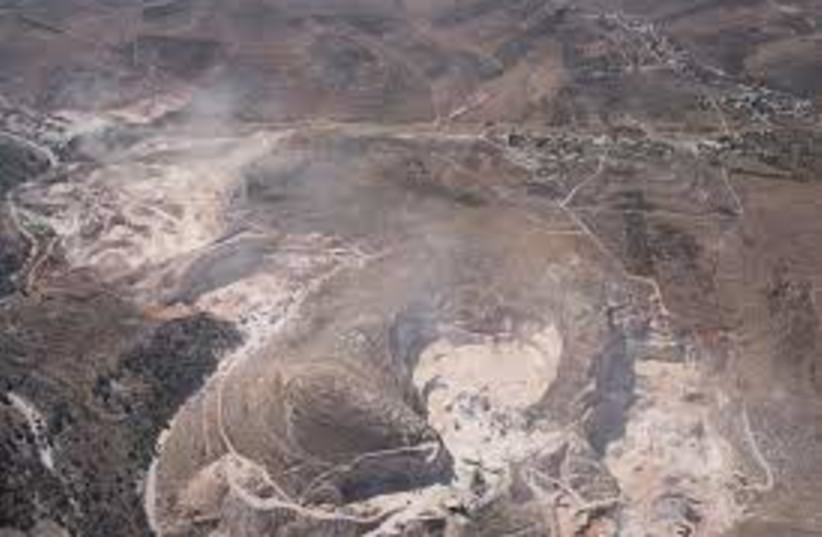Thousands of beads, a stone pendant, and an engraved mother-of-pearl ring were discovered in an ancient grave in Southern Jordan. Recently, a reconstruction of what the entire composition would have looked like revealed, what the researchers describe as “a multi-row necklace of complex structure and attractive design.”
The study was published under the name “Threads of memory: Reviving the ornament of a dead child at the Neolithic village of Ba‘ja (Jordan).”
The article was published in the journal, Plos One, an open-access, peer-reviewed journal published by the Public Library of Science.
Background of the necklace reconstruction
In 2018, an ancient grave was discovered in the Neolithic village of Ba’ja. The village has been dated to be from, roughly, between 8,800 - 9,400 years old. The grave excavated there, which had multiple layers, held the remains of an eight-year-old girl.
The girl was buried in a fetal position, and with her, more than 2,500 beads, a double perforated stone pendant, and a delicately engraved mother-of-pearl ring were uncovered.


“The meticulous documentation of the bead distribution indicated that the assemblage was a composite ornament that had gradually collapsed,” the researchers write. Subsequently, the researchers proceeded with the goal of reconstructing what the necklace would have looked like at the time of the girl’s burial.
The result of the reconstruction was a complex, multi-row necklace of stunning craftsmanship. The reconstructed necklace is currently on display at the Petra Museum in Southern Jordan.
“Adornments are powerful cultural symbols that communicate personality, values, merits,
intentions, and artistic tastes through their display on the body,” the researchers write. They hope to use this discovery to help fuel further research into the role adornments played in the region at the time and what they might say about the individuals who wore them.
The village of Ba‘ja
The site of the Neolithic village, Ba‘ja, is situated Southern Jordan’s Greater Petra Area, a little under 30 kilometers from the border of Israel. The researchers not that, built on an “intra-mountain plateau [and] bordered by impressive gorges and vertical rock formations,” Ba‘ja, has seen archaeological fieldwork since 1997. Since then, numerous buildings and graves have been uncovered at the site.
